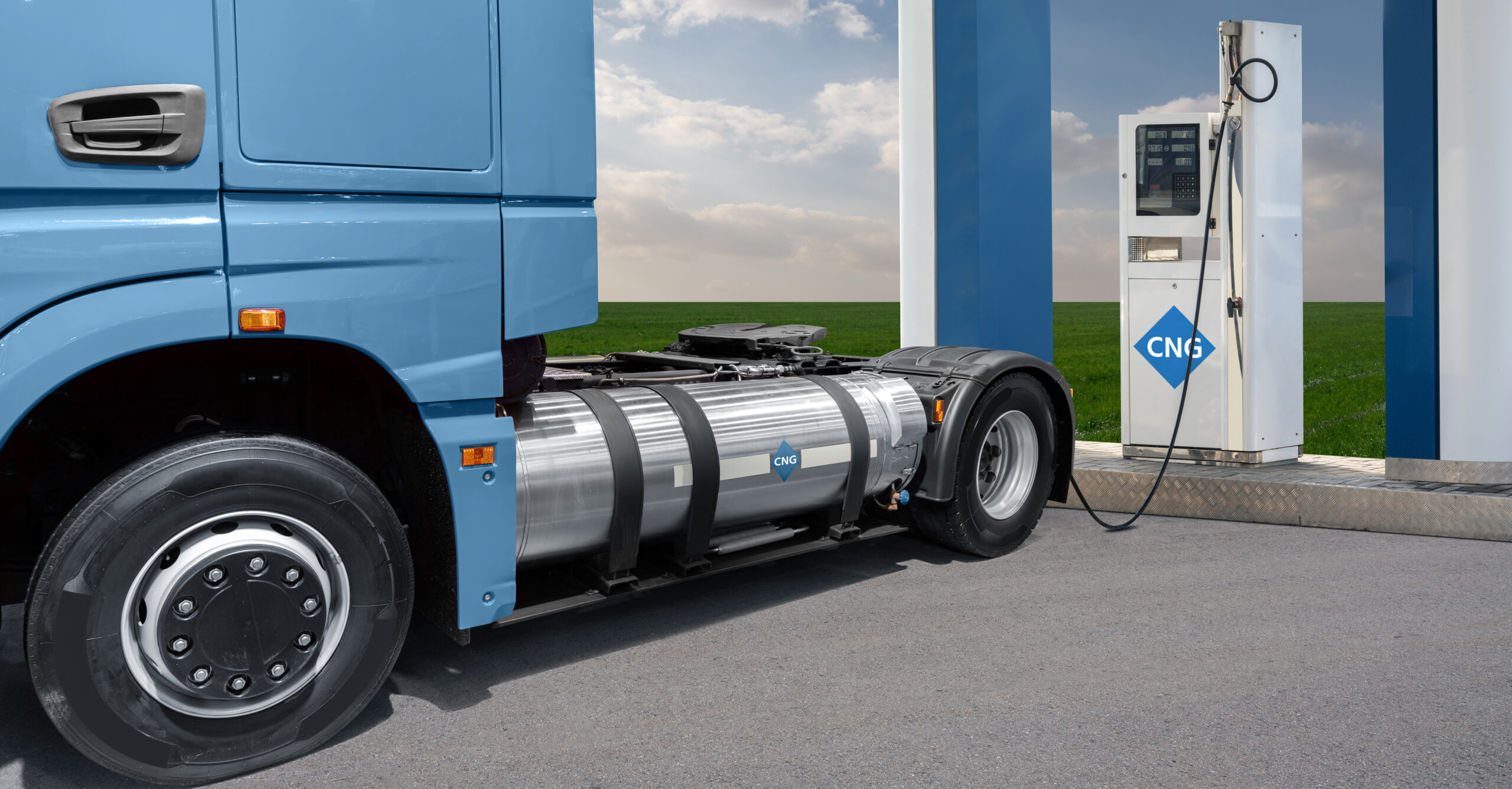Intro
Fuel costs, inflation, and supply chain disruptions are just some of the reasons fleet managers and owners are looking to trim expenses. And while it may seem counterintuitive, now might be the best time to invest in fleet technology.
Fleet management technologies can help control costs in several ways — from improving fuel economy to preventing crashes. In this post, we’ll talk about existing and emerging fleet tech that can lower fleet costs in 2023 and beyond.
7 Money-Saving Fleet Technologies
1. Active Aerodynamics
Aerodynamic drag decreases fuel economy and increases fuel costs. There are a number of devices — such as wheel covers and chassis fairings — fleets can use to reduce drag, but static devices may not capture the data fleet managers need to evaluate their overall fuel economy.
Active aerodynamic devices like TruckWings do collect data that fleet managers need, and they can generate significant savings across large fleets.
How they work:
TruckWings is a software-powered device that communicates with fleet managers in real-time, using telematics (informatics + telecommunications). It installs easily in just a few hours and requires no driver input to operate.
At driving speeds above 52 mph, the wings automatically deploy to close the gap between the tractor and trailer. Closing this gap improves fuel economy by reducing downstream turbulence, buffeting, and trailer sway. And when driving speed falls below 50 mph, the wings retract automatically, so they never interfere with low-speed maneuverability.
Each TruckWings device trims carbon emissions by 20,000 lbs/yr per vehicle and reduces fuel consumption by 3-6% on average. TruckWings is also transferable, so fleet managers that are retiring trucks can simply remove TruckWings and attach it to newer trucks.
2. Predictive Maintenance
The Commercial Vehicle Safety Alliance’s International Roadcheck — an annual three-day inspection of commercial trucks in North America — aims to decrease truck crashes by removing faulty trucks and problematic drivers from the roads. In 2022, the CVSA placed 12,456 commercial trucks out of service for mechanical and operational problems.
These were the top violations among U.S. vehicles:
Predictive maintenance technology can prevent costly service disruptions and prevent accidents.
How it works:
Using telematics to monitor vehicle functions, predictive maintenance systems base service not just on mileage but on actual driving conditions and other factors. For example, trucks that routinely drive through densely populated or mountainous areas may require brake service more frequently than trucks that follow mostly flat, suburban routes. Telematics helps fleet managers customize service schedules without having to manage that process manually.
3. Intelligent Tire Monitoring
Underinflated tires can increase fuel consumption, and overinflated tires — particularly on hot roadways — increase the risk of tire failure. Tire pressure monitoring systems (TPMS) identify those problems and alert drivers. But drivers may be too busy to respond to alerts or relay them to fleet managers.
Telematics-integrated TPMS can help prevent tire failure and ensure tires are optimally inflated for fuel economy.
How it works:
TPMS with telematics monitors tires for several types of faults and communicates alerts to fleet managers in real-time. That means managers can determine when and how to remedy tire problems, as well as analyze stored data to identify recurring problems.
4. Tolling Software
For large fleets that travel nationwide, the cost of tolls can be significant. Even when using transponders or RFID tags to pay tolls automatically, fleets might be overpaying if toll companies don’t apply the correct discounts or misclassify the truck. One PrePass customer lost $15,000 in toll charges over two years because the tolling agency classified a five-axle truck as having seven axles.
Third-party tolling software can help fleets reduce toll costs, as well as prevent toll violations and misuse of transponders.
How it works:
This software integrates all tolling information in a single platform, which means fleet managers don’t have to monitor or reconcile toll payments across multiple agencies. The software reviews tolls for accuracy, ensures fleets receive the right discounts, and identifies misclassification of trucks.
Occasionally, automatic toll readers don’t capture a vehicle’s information, which means that the vehicle could trigger a toll violation. Tolling software catches this error. It also provides the tolling data that fleet managers need to identify whether drivers are misusing transponders for personal use, and it reveals how the time of day and specific travel routes affect overall toll costs.
5. Blockchain Logistics
“Blockchain” may sound complex, but it’s just a cloud-based, shared digital ledger that can’t be altered unless all users agree to the change. The permanence of blockchain entries can help trucking companies get paid faster, prevent shipment disputes, and easily monitor every step in the delivery process.
How it works:
Blockchain ledger entries are called “blocks,” and each block contains an embedded record of the previous block, so no party can retroactively edit information. Collaborators can also encode “smart contracts” in blockchain ledgers — such as triggering a carrier payment when the customer receives a delivery.
While this technology could simplify logistics for fleets, we probably won’t see widespread adoption in 2023, as the Blockchain in Transportation Alliance (BITA) Standards Council is still developing standards for its use.
6. Collision Warning Systems
According to the American Transportation Research Institute, the median payout in trucking-related personal injury lawsuits was $1.75 million between 2006 and 2020. And even when a crash doesn’t cause injury, it can still be costly, in terms of vehicle damage, property damage, and higher insurance premiums.
Investing in collision warning systems is one way to reduce the risk of crashes across a fleet. Some newer model tractors — like the Volvo VNR Series — have integrated crash avoidance technology. Collision warning systems are also available as standalone technology that connects to onboard diagnostics systems.
How they work:
Collision warning systems use external cameras and/or LiDAR (light detection and ranging) sensors to detect crash hazards. When the system senses a threat, it alerts the driver with a visual cue; it may also initiate braking or guide the steering wheel.
7. Driver Monitoring
Driver monitoring can lower costs in three ways:
- It identifies behaviors that could lead to costly crashes.
- It helps fleet owners identify, reward, and retain top performers, reducing costs associated with turnover.
- It captures essential driving data that could help trucking company defendants in crash-related litigation.
How it works:
A driver-facing camera is the most direct way to monitor driver behavior. It allows a real-time, remote view of the driver, and it can trigger actions — for example, sounding an alarm if the driver appears to be nodding off or drifting across the road.
Monitoring systems may also use sensors in the same way a “black box” records airplane events. Should a crash occur, this technology can reveal facts like whether a driver braked before a crash.
Reduce Fuel Costs and Emissions With TruckWings
These are just some of the fleet management technologies that can reduce costs, and we’ll likely see more companies rolling out fleet tech products in the coming years.
Investing in new tech can be a tough decision for fleet managers already concerned about costs. Proven ROI, however, might sway cautious fleet managers to adopt new technologies.
TruckLabs is designed to perform for ten years or 1 million miles and requires minimal maintenance. We’ve also validated our product claims with extensive testing, and our customers include five of the ten largest fleets in North America.
Trust the data. Choose TruckWings, and start lowering your fuel costs now.

